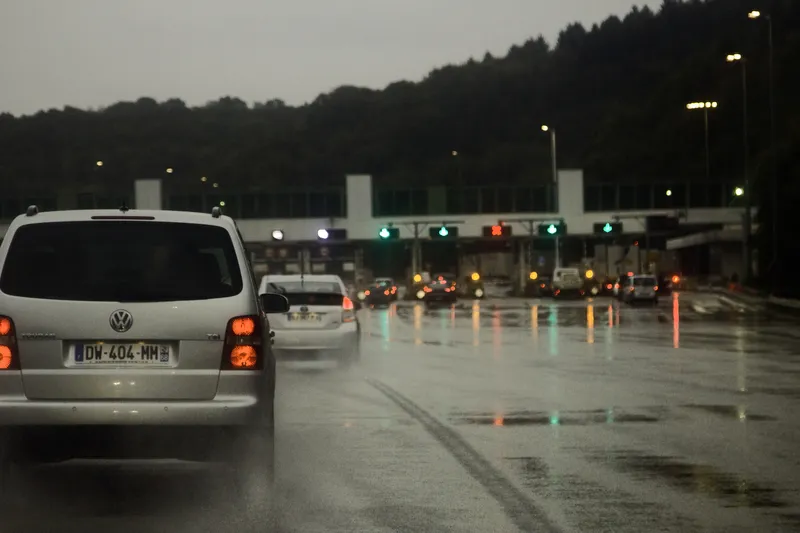Luxembourg transport operator, Sales-Lentz, has implemented IVU Traffic Technologies’ IVU-suite to manage the planning and scheduling of its 260 vehicles and 400 drivers. Sales-Lentz operates 120 lines in the RGTR network, including routes to Belgium and France. The company also conducts charter trips for schools and factories, private hire, catalogue and group trips and night bus services. IVU.suite features integrated duty and vehicle working scheduling, which allows vehicle working periods to be synchron
July 27, 2017
Read time: 1 min
Luxembourg transport operator, Sales-Lentz, has implemented 8275 IVU Traffic Technologies’ IVU-suite to manage the planning and scheduling of its 260 vehicles and 400 drivers.
Sales-Lentz operates 120 lines in the RGTR network, including routes to Belgium and France. The company also conducts charter trips for schools and factories, private hire, catalogue and group trips and night bus services.
IVU.suite features integrated duty and vehicle working scheduling, which allows vehicle working periods to be synchronised with the drivers’ break and relief periods. This not only avoids conflicts, but also allows dispatchers to utilise bus capacities more effectively and create more balanced driver duty schedules. An interface in IVU.suite allows data to be easily imported from the external scheduling system for charter trips, which means that planners at Sales-Lentz can instantly integrate these trips in the standard duty schedules.
Sales-Lentz operates 120 lines in the RGTR network, including routes to Belgium and France. The company also conducts charter trips for schools and factories, private hire, catalogue and group trips and night bus services.
IVU.suite features integrated duty and vehicle working scheduling, which allows vehicle working periods to be synchronised with the drivers’ break and relief periods. This not only avoids conflicts, but also allows dispatchers to utilise bus capacities more effectively and create more balanced driver duty schedules. An interface in IVU.suite allows data to be easily imported from the external scheduling system for charter trips, which means that planners at Sales-Lentz can instantly integrate these trips in the standard duty schedules.










